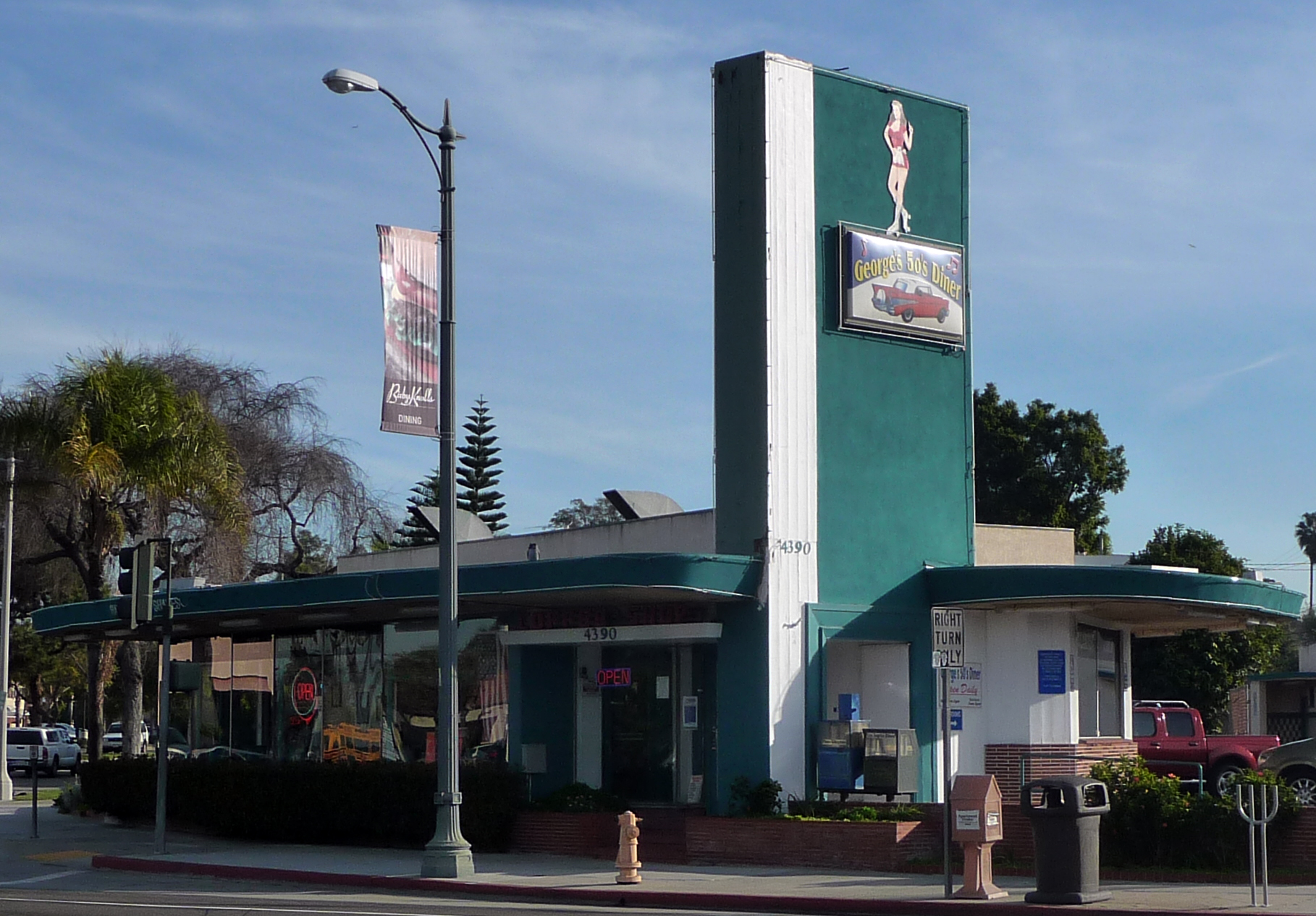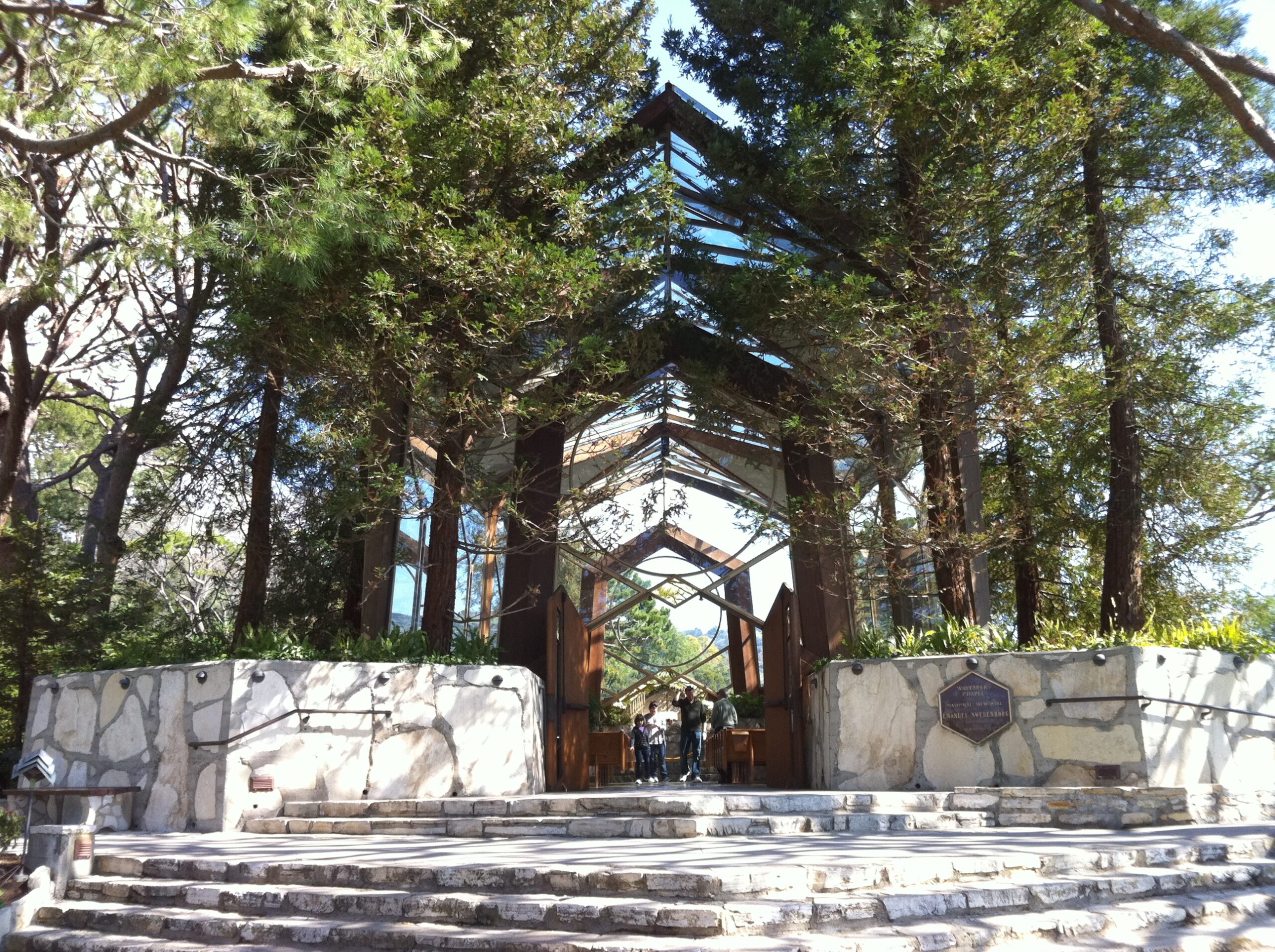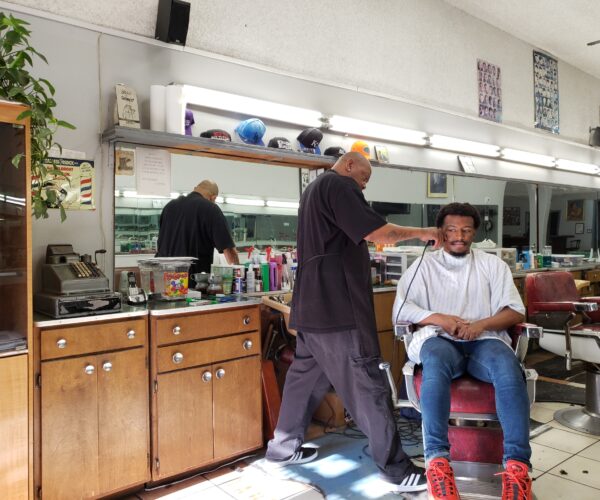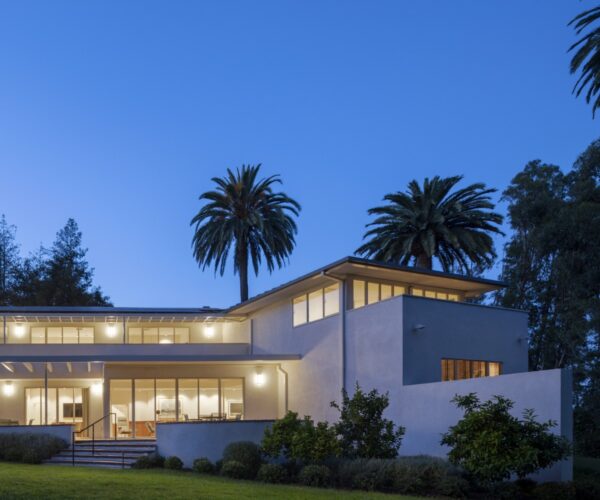
Place
George’s 50s Diner
An iconic building with all the essential ingredients of the drive-in diner with a building that served as its own best advertising at the busy intersection of Atlantic Avenue and San Antonio Drive.
Place Details
Address
Get directions
Architect
Designation
Property Type
Attributes
Community
Wayne McAllister, designer of Grisinger’s Drive-In and other iconic diners of the late 1940s and '50s, created his designs for a world shaped by the automobile and for people who seldom willingly left it, even to eat. McAllister created drive-ins all over the car-obsessed Southland, developing a recipe for the building type along the way. Grisinger’s in Long Beach has all the essential ingredients of the drive-in diner with a building that served as its own best advertising at the busy intersection of Atlantic Avenue and San Antonio Drive.
A prominent stucco wall that formerly featured neon lettering projects high above the irregularly-shaped corner building.
The interior dining room has a continuous, curving glass storefront that glows like an advertisement to passing drivers at night. The flat roof has a wide overhang with neon letters advertising “hamburger” and “shakes.” Drivers could pull up to the rear and park in a modified wagon-wheel spoke configuration so they could be served directly from their cars by carhops. The parking lot side of the building is clad in green and pink tile. Walkways of green terrazzo wrap around the building.
The signage for the original Grisinger’s has been replaced, but owner George Alvarez, who has worked at the diner since the late 1970s, maintains the spirit of the 1950s and '60s diner and car culture. Grisinger’s Drive-In was declared a Long Beach historic landmark in 2004.


